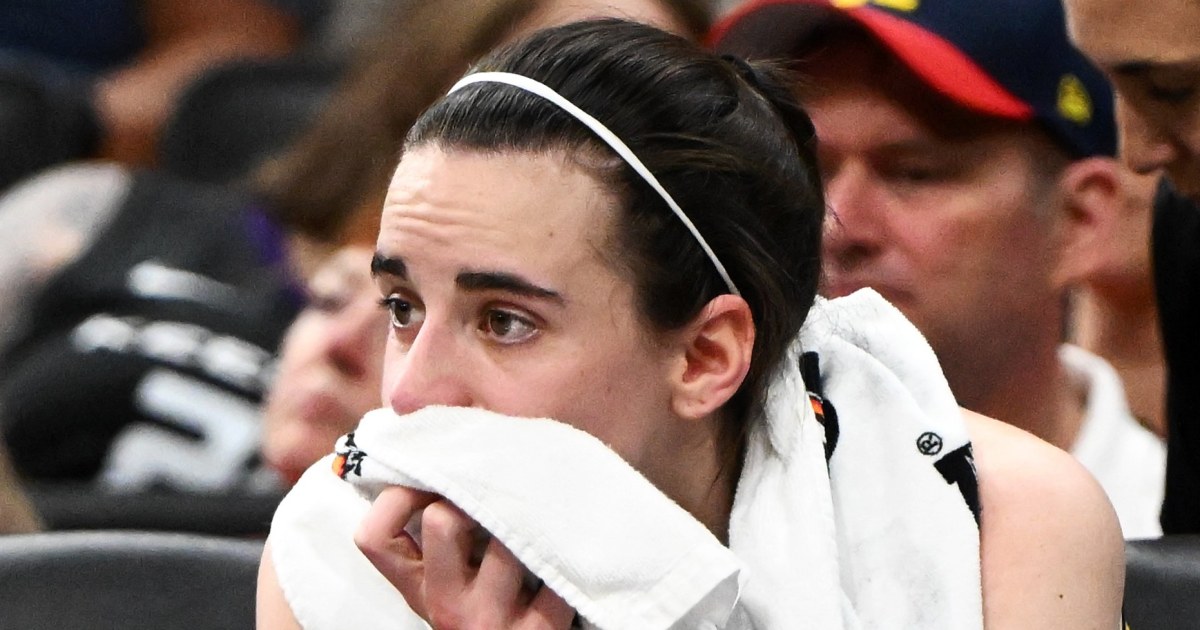WNBA Players Push for Fair Treatment and Compensation

Introduction
The WNBA players are disappointed after a meeting with commissioner Cathy Engelbert and ownership representatives during All-Star weekend. Breanna Stewart and other players in Indianapolis felt that the talks were a "wasted opportunity" as they were hoping for progress on the collective bargaining agreement (CBA) with the league. The previous CBA expired at the end of October last year, and players have been pushing for better pay and working conditions.
Key Details
The players have been advocating for a better CBA with the league for a long time now. In 2019, they made a significant statement by opting out of the previous agreement and demanding changes. The league's revenue has increased by 25% over the last year, but players are still struggling with low salaries and long flights for away games. The WNBA's top players, like Stewart, are also playing in European leagues during the offseason to make ends meet.
Impact
The lack of progress in the CBA talks has a significant impact on the players, both financially and physically. Female athletes are often undervalued and underpaid in professional sports, and the WNBA is no exception. The league's players are determined to fight for equal treatment and compensation, and they are not backing down. It is crucial for the league and its representatives to take the players' concerns seriously and work towards a fair and mutually
About the Organizations Mentioned
WNBA
The **Women's National Basketball Association (WNBA)** is the premier professional women's basketball league in the United States, established in April 1996 by the NBA and beginning play in 1997. It was created to capitalize on the rising popularity of women's basketball, especially after the U.S. women's basketball team's success at the 1996 Summer Olympics[1][6]. Starting with eight teams, the league expanded to twelve teams by the late 1990s and remains the longest-running professional women's basketball league in the U.S.[1]. The WNBA has played a critical role in elevating women's professional sports and increasing visibility for female athletes. Early on, the league showcased star players like Cynthia Cooper, Sheryl Swoopes, and Tina Thompson, who led the Houston Comets to four consecutive championships from 1997 to 2000, establishing the league's first dynasty and helping to build credibility and fan interest[2]. Cooper, a four-time WNBA Finals MVP, became one of the most influential figures in women's basketball history. Despite notable achievements, the WNBA has faced persistent challenges such as financial struggles, salary disparities compared to male athletes, and competition from other leagues. Many top players supplement their income by playing overseas during the WNBA off-season[1]. The establishment of a players’ union in 1999 was a significant milestone, empowering players to advocate for better conditions and salaries[1]. Currently, the WNBA continues to grow in popularity and influence, attracting media coverage and expanding fan engagement through broadcasts and digital platforms[4][5]. It serves as a vital platform for women’s sports, inspiring young athletes and contributing to the broader conversation on gender equity in professional sports. The league’s resilience and ongoing development highlight its importance in the sports and business landscape[1][2].
European Leagues
## Overview of European Leagues The European Leagues is an influential organization that serves as the collective voice for professional football leagues across Europe, representing more than 1,170 clubs from 40 leagues in 34 countries[1]. Its primary mission is to enhance and protect the competitive balance of domestic football competitions, advocating for the interests of clubs, players, and fans at both the national and European levels[1]. ## Purpose and Activities European Leagues focuses on safeguarding the integrity and sustainability of domestic football, ensuring that leagues and clubs—especially those outside the elite—have a say in the governance of the sport. The organization engages in dialogue with UEFA, FIFA, and other stakeholders to influence policies on competition formats, financial regulations, and the distribution of revenues from European club competitions. It also promotes best practices in league management and club operations, aiming to create a more equitable environment for all participants[1]. ## History and Key Achievements While detailed historical milestones are not explicitly outlined in the available sources, the European Leagues has grown in prominence as European football has become increasingly commercialized and centralized around a handful of elite clubs. The organization has successfully positioned itself as a counterbalance to the influence of top clubs and continental bodies, ensuring that smaller leagues and clubs are not marginalized in decision-making processes. Its advocacy has led to greater recognition of the importance of domestic competitions in the overall football ecosystem. ## Current Status and Notable Aspects Today, European Leagues is a key player in the ongoing debates about the future structure of European football, including discussions around the Champions League format, financial fair play, and the calendar of competitions. The organization’s emphasis on competitive balance resonates with business and technology audiences interested in how governance, innovation, and stakeholder engagement shape one of the world’s most lucrative sports markets. By championing the cause of domestic leagues, European Leagues helps maintain the diversity and vibrancy of European football, ensuring that the sport remains accessible and exciting for clubs an






